Physicians can be excellent DIY investors.
But remember, physicians are considered “dumb money”—we have marks on our back from the financial industry.
Yet we understand evidence-based medicine, standards of care, statistics, complicated systems… we have more than what it takes to be an excellent investor. So, what does it take to make a physician investor an excellent DIY investor?
DIY Investor I: First Steps
First, save money to invest. That is: don’t spend everything that you make.
Next, invest consistently in a reasonable way.
That’s it! That’s all it takes to be an excellent DIY investor!
DIY Investor II: Philosophy
In general, you can invest in traditional assets (stocks and bonds), real estate, or personal business. These are the three main ways to make money.
If you have a great W-2 income, you can invest in traditional assets, real estate, or non-traditional assets. If you are building a personal business, that’s a great way to invest, too.
The basic philosophy of DIY investing, however, is that you must invest. If you do nothing with your money, you lose out to inflation.
Once you have decided to invest, you must do so reasonably. This can be through small business or real estate, but the rest of this blog deals with traditional (stock and bond) investing.
So to summarize the philosophy of the DIY investor:
You Must Invest
You Must do so in a reasonable fashion
After deciding to invest, asset allocation is the most important decision
Never sell low
Asset Allocation
Asset allocation is the stock-to-bond ratio you have in your portfolio. Another way to think of it: risk vs. safer investments.
You must take risk, but you should take no more risk than you need to reach your goals.
During accumulation, you can take lots of risk as long as you understand that volatility (the daily or monthly ups and downs of the stock market) is not risk. The risk during accumulation, again, is not investing and therefore not meeting your goals.
During de-accumulation, risk depends on fundedness. If you are underfunded, focus on social security planning.
If you have oversaved, you can do whatever you want. It all depends on how rich you want the kids to be vs how well you sleep at night. If you sleep well at night despite future market crashes (which are a feature of the stock market, not a bug) then you can be 100% stocks. Conversely, if you want to quit playing because you already won the game, you can be 100% cash or bonds.
After deciding that you need to invest, determining your asset allocation and risk level is next.
Finally — Never Sell Low
As a brief final reminder – never sell low.
When you buy stocks (or actually low-cost broadly diversified ETFs) your holding period is forever, or until you need the money. You don’t invest money you are going to need soon, so you never sell low.
Eventually, historically, even the worst stock markets go on to reach all-time highs. Remember, stocks are riskier the longer you own them, so once your holding period is no longer “forever,” remember asset allocation and how much risk you need to reach your goals.
Remember the philosophy of the DIY investor:
1). You Must Invest
2). You Must do so in a reasonable fashion
3). After deciding to invest, asset allocation is the most important decision
4). Never sell low
Originally Posted in fiphysician.com


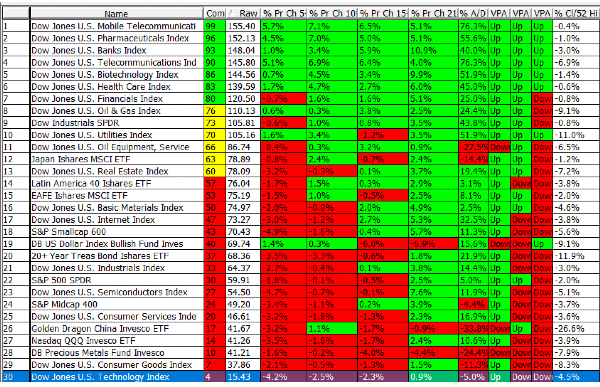
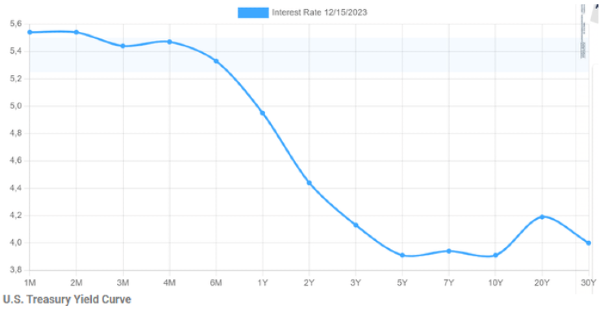
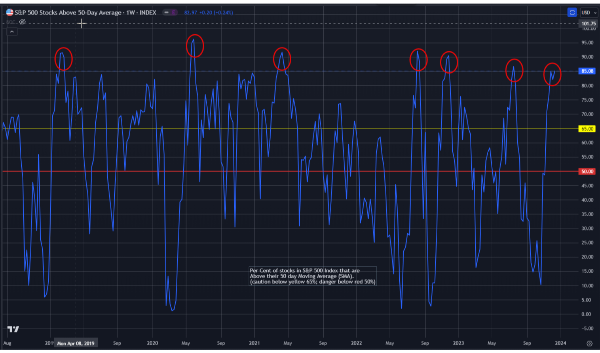
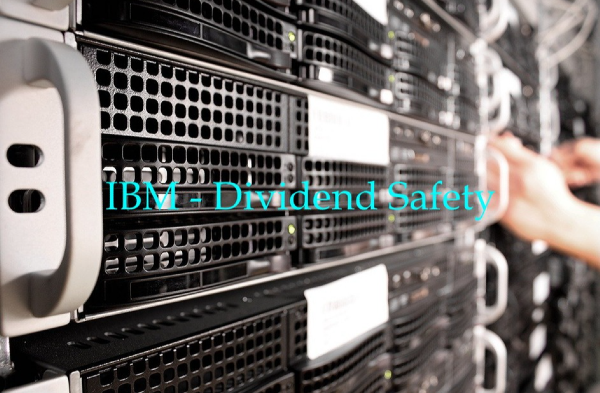

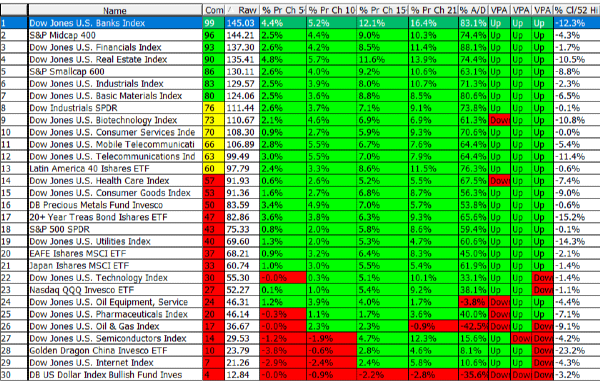

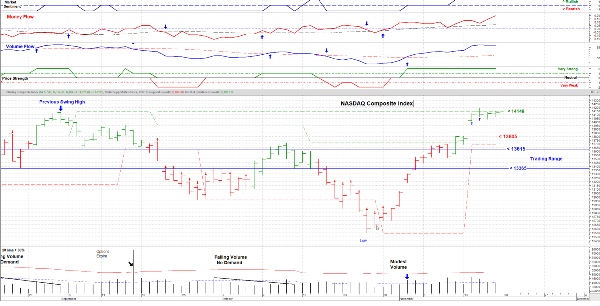


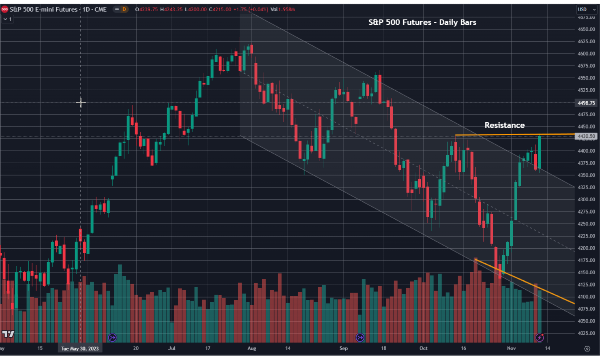
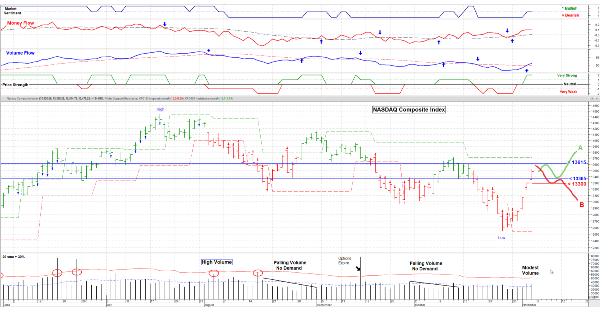




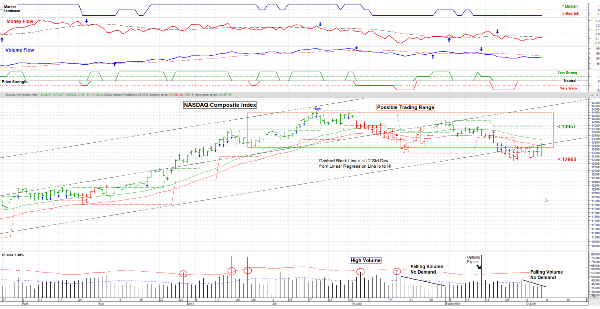











Physicians can be excellent DIY investors.
But remember, physicians are considered “dumb money”—we have marks on our back from the financial industry.
Yet we understand evidence-based medicine, standards of care, statistics, complicated systems… we have more than what it takes to be an excellent investor. So, what does it take to make a physician investor an excellent DIY investor?
DIY Investor I: First Steps
First, save money to invest. That is: don’t spend everything that you make.
Next, invest consistently in a reasonable way.
That’s it! That’s all it takes to be an excellent DIY investor!
DIY Investor II: Philosophy
In general, you can invest in traditional assets (stocks and bonds), real estate, or personal business. These are the three main ways to make money.
If you have a great W-2 income, you can invest in traditional assets, real estate, or non-traditional assets. If you are building a personal business, that’s a great way to invest, too.
The basic philosophy of DIY investing, however, is that you must invest. If you do nothing with your money, you lose out to inflation.
Once you have decided to invest, you must do so reasonably. This can be through small business or real estate, but the rest of this blog deals with traditional (stock and bond) investing.
So to summarize the philosophy of the DIY investor:
You Must Invest You Must do so in a reasonable fashion After deciding to invest, asset allocation is the most important decision Never sell low
Asset Allocation
Asset allocation is the stock-to-bond ratio you have in your portfolio. Another way to think of it: risk vs. safer investments.
You must take risk, but you should take no more risk than you need to reach your goals.
During accumulation, you can take lots of risk as long as you understand that volatility (the daily or monthly ups and downs of the stock market) is not risk. The risk during accumulation, again, is not investing and therefore not meeting your goals.
During de-accumulation, risk depends on fundedness. If you are underfunded, focus on social security planning.
If you have oversaved, you can do whatever you want. It all depends on how rich you want the kids to be vs how well you sleep at night. If you sleep well at night despite future market crashes (which are a feature of the stock market, not a bug) then you can be 100% stocks. Conversely, if you want to quit playing because you already won the game, you can be 100% cash or bonds.
After deciding that you need to invest, determining your asset allocation and risk level is next.
Finally — Never Sell Low
As a brief final reminder – never sell low.
When you buy stocks (or actually low-cost broadly diversified ETFs) your holding period is forever, or until you need the money. You don’t invest money you are going to need soon, so you never sell low.
Eventually, historically, even the worst stock markets go on to reach all-time highs. Remember, stocks are riskier the longer you own them, so once your holding period is no longer “forever,” remember asset allocation and how much risk you need to reach your goals.
Remember the philosophy of the DIY investor:
1). You Must Invest 2). You Must do so in a reasonable fashion 3). After deciding to invest, asset allocation is the most important decision 4). Never sell low
Originally Posted in fiphysician.com